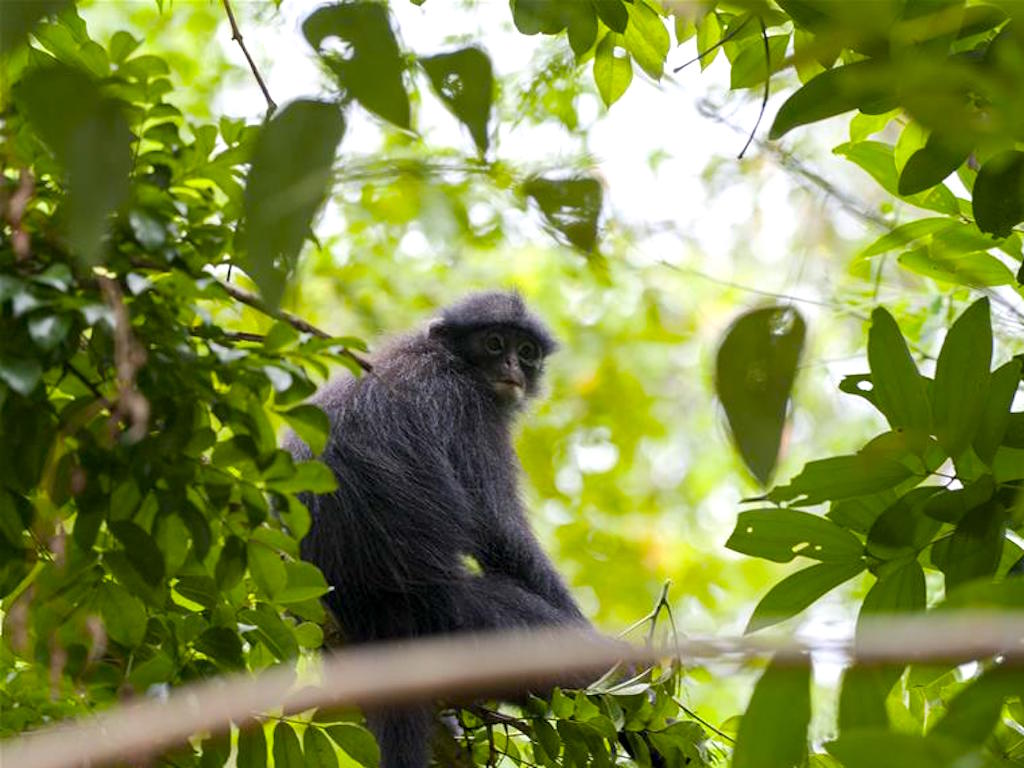3 Mins Read
The Singapore government has announced that a future rail line will cut beneath the city-state’s largest nature reserve, which contains primary forests and freshwater streams inhabited by endangered animals. The move stands in stark contradiction to the Singapore government’s other environmental campaigns, such as its “Zero Waste Masterplan” and green initiative fund for sustainable innovation. It indicates that despite the authorities’ public embracement of sustainability, authorities remain hesitant to place the planet over development.
In an upsetting decision made public last Wednesday, the Singapore government announced that a future mass rapid transit (MRT) rail line due to be completed by 2030 will be built beneath the Central Catchment Nature Reserve. The reserve is the country’s largest, and has been dubbed the “green lung” of central Singapore. It contains the remaining patches of the island’s original primary forests, 99.5% of which has already been lost, and freshwater streams, as well as being home to endangered species like the Sunda Pangolin and the Lesser Mousedeer.
The nature conservation community in Singapore has responded with disappointment. For years, since the plans were first discussed in 2013, environmental activists have raised concerns over the proposed route for the 50km rail line, which would tunnel under the reserve for 2km. Instead, they have advocated for another cross island route that would skirt around the reserve. While this would add an extra 6 minutes to the train commute, the long-term benefits of protecting the natural biodiversity of the reserve is far-reaching to support Singapore’s sustainability efforts.
Singapore’s forests are already heavily damaged, and the rail development would threaten further pollution of forest streams by liquid construction waste, affecting the critical forest connectivity for tree-dwelling animals.
“In principle, this is an infringement of the sanctity of our nature reserve. I strongly feel that any development will set a precedent for more development under our nature reserves in the future. And we should not take the risk,” warned wildlife activist Vilma D’Rozario.
According to the Singapore government, their decision was made after taking into consideration multiple factors, including the concerns of nature and heritage groups, residents and grassroots voices.
However, the authorities’ announcement reflects a low-point for conservation efforts in Singapore, and contradicts the recent engagement of the environmental ministry in multiple high-profile initiatives to fight the climate and waste crisis in the city-state, such as pronouncing 2019 the “Year of Zero Waste” and dishing out multiple “masterplans” to combat the issue. It indicates that despite publicly embracing sustainability, the government is still hesitant to prioritise the planet over development.
“These are the lungs of our country and there is a chance that we might become an asthmatic nation,” said sustainability specialist Madhumita Ardhanari.
In the middle of the escalating emergency, the plan to go ahead and undercut the forest reserve with a new rail line in central Singapore is a move to be lamented. Singapore’s first climate rally organised by young student activists this year, which saw a turnout of 2,000, urged world governments to listen to the scientists to cut reliance on fossil fuels and protect forests in order to fight the climate crisis. It is imperative that governments follow the advice of the younger generation, and end climate inaction before it is too late.
Lead image courtesy of Xinhua / Then Chih Wey.




